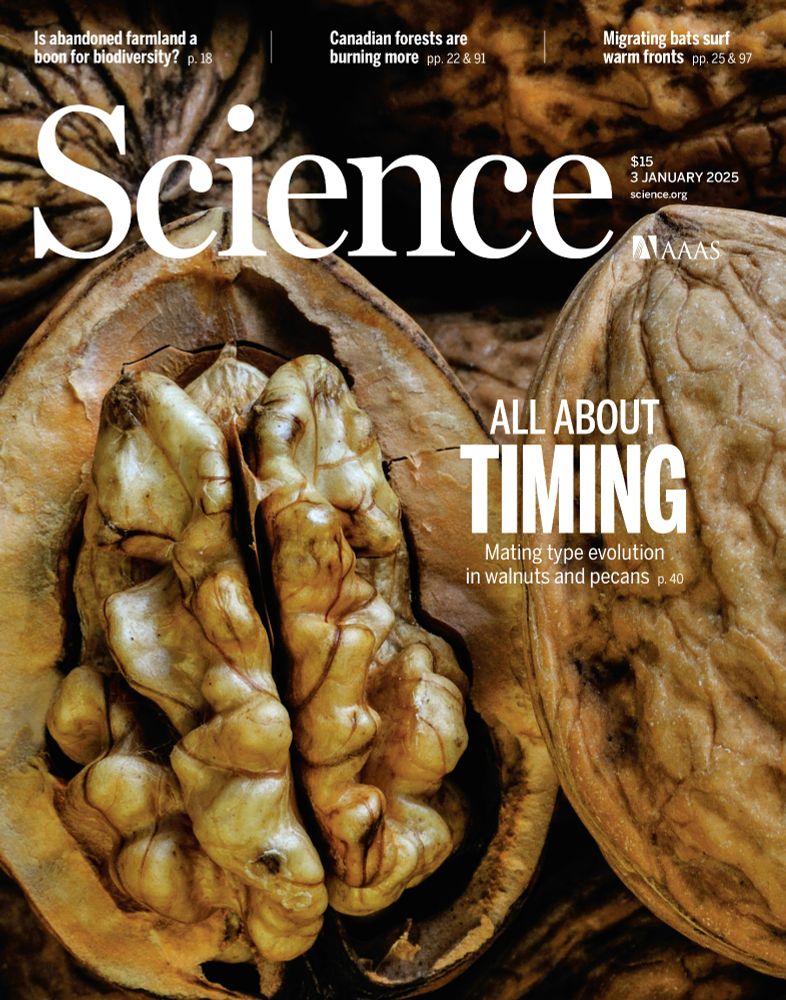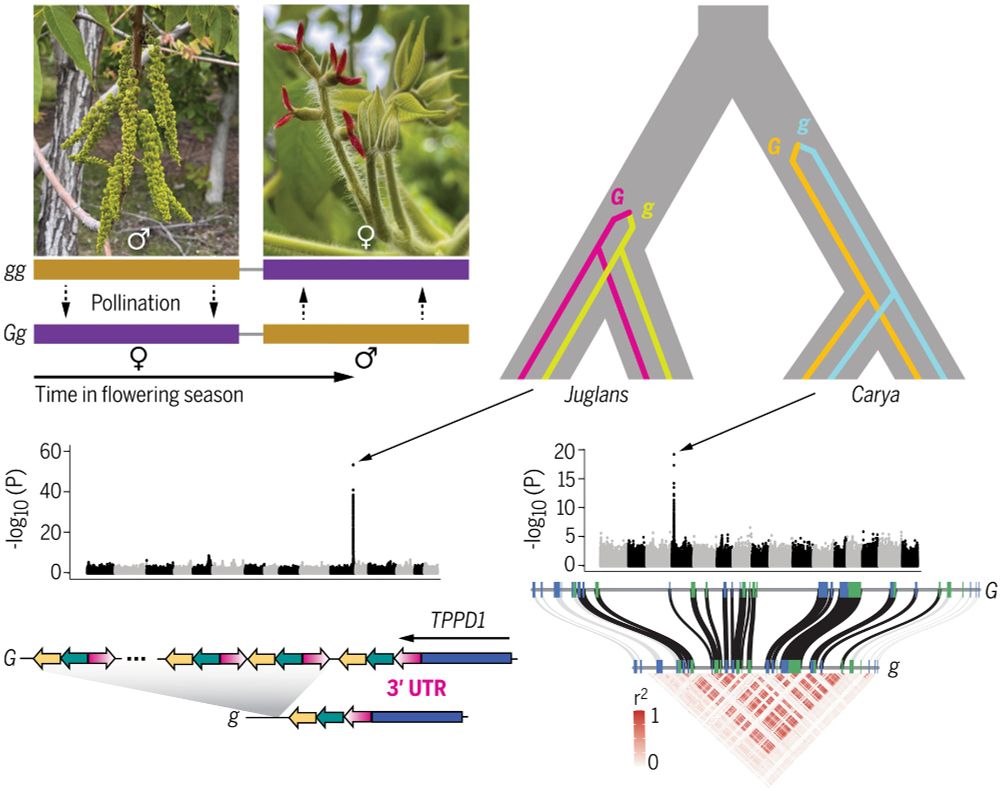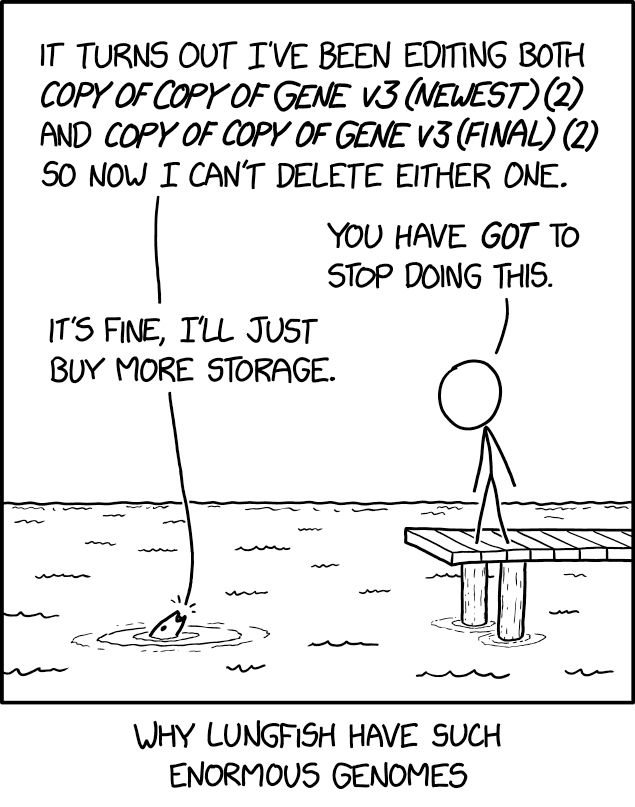But how are these egg types inherited, and could this drive speciation? We sequenced hundreds of genomes to find out!
doi.org/10.1126/scie...
🧵1/6

But how are these egg types inherited, and could this drive speciation? We sequenced hundreds of genomes to find out!
doi.org/10.1126/scie...
🧵1/6

@zoologyotago.bsky.social
otago.taleo.net/careersectio...
@zoologyotago.bsky.social
otago.taleo.net/careersectio...
We took a dive into the complicated demographic history of Aedes aegypti mosquitoes and its impact on the distribution of genetic diversity
doi.org/10.1093/gbe/...

We took a dive into the complicated demographic history of Aedes aegypti mosquitoes and its impact on the distribution of genetic diversity
doi.org/10.1093/gbe/...
Do you like speciation? Genomics? Hybridization? Bioinformatics? Then this is for you:
Published today: "The Distribution & Dispersal of Large Haploblocks in a Superspecies"
Bonus interest if you like ring species and cute greenish birds:
doi.org/10.1111/mec....

Do you like speciation? Genomics? Hybridization? Bioinformatics? Then this is for you:
Published today: "The Distribution & Dispersal of Large Haploblocks in a Superspecies"
Bonus interest if you like ring species and cute greenish birds:
doi.org/10.1111/mec....
genome.cshlp.org/content/35/2...

genome.cshlp.org/content/35/2...
Read about it in the thread below. 🧪🦑🌊

Read about it in the thread below. 🧪🦑🌊

www.science.org/doi/10.1126/...


www.science.org/doi/10.1126/...
www.nature.com/articles/s41...

www.nature.com/articles/s41...




Congrats to PhD Candidate Rashika Ranasinghe on today's publication of her paper "Cryptic Hybridization Dynamics in a Three-Way Hybrid Zone of Dinopium Flamebacks on a Tropical Island."
Happy holidays!
doi.org/10.1002/ece3...

Congrats to PhD Candidate Rashika Ranasinghe on today's publication of her paper "Cryptic Hybridization Dynamics in a Three-Way Hybrid Zone of Dinopium Flamebacks on a Tropical Island."
Happy holidays!
doi.org/10.1002/ece3...
Do these studies find the most IMPORTANT genes? If not, how DO they rank genes?
Here we present a surprising result: these studies actually test for SPECIFICITY! A 🧵on what this means... (🧪🧬)
www.biorxiv.org/content/10.1...

Do these studies find the most IMPORTANT genes? If not, how DO they rank genes?
Here we present a surprising result: these studies actually test for SPECIFICITY! A 🧵on what this means... (🧪🧬)
www.biorxiv.org/content/10.1...



Pessimist: the cup is 1/2 empty
Bioinformatician: I'll know how full the cup is as soon as I can figure out my conda environment.
Pessimist: the cup is 1/2 empty
Bioinformatician: I'll know how full the cup is as soon as I can figure out my conda environment.



